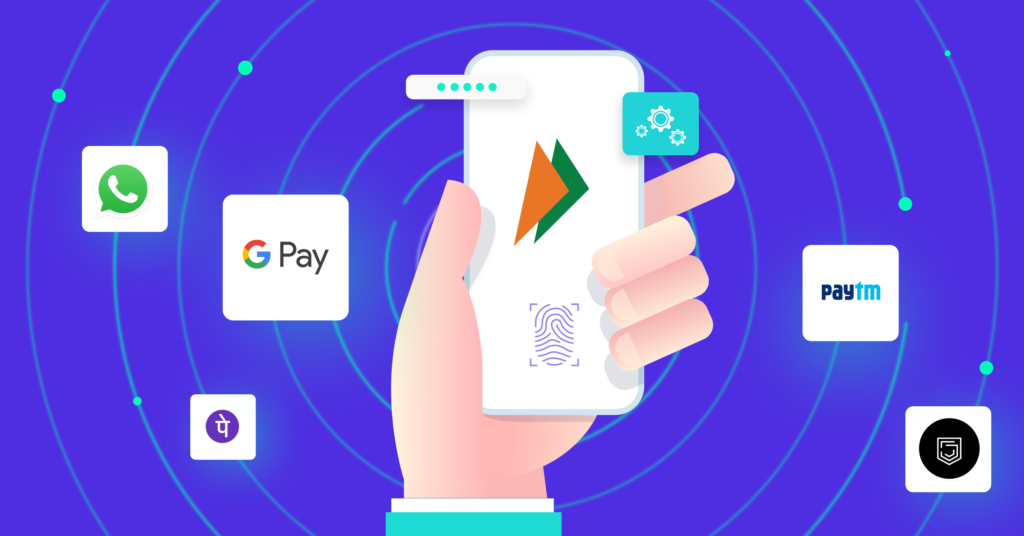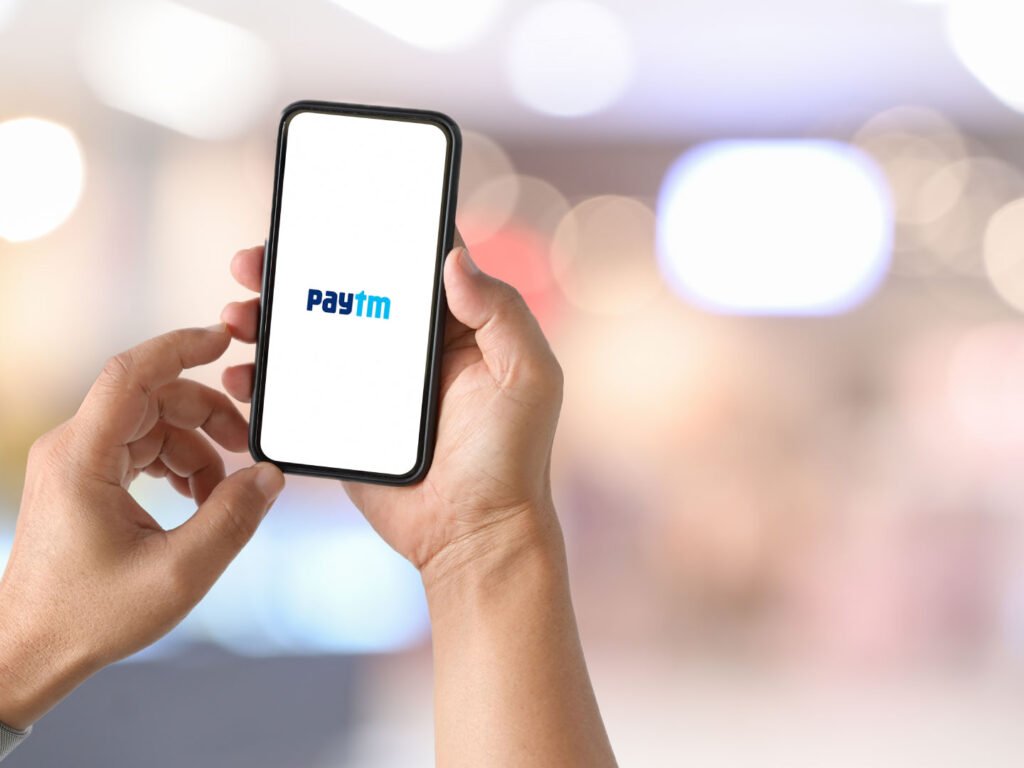Unlocking the Magic of UPI
In 2016, India embarked on a revolutionary journey that would reshape its financial landscape and pave the way for a digital payments revolution. The key to this transformation was the introduction of the Unified Payment Interface, popularly known as UPI. This marked the beginning of a remarkable evolution in how Indians conducted digital transactions.
However, the journey from its inception to becoming a global leader in digital payments was not without its challenges. UPI’s early days were characterized by modest beginnings, featuring just 21 banks and almost no transactions recorded for the first three months. Yet, the visionary leadership behind this change, notably Dr. Raghuram G Rajan, the then Governor of the Reserve Bank of India (RBI), saw the immense potential of UPI to revolutionize India’s financial ecosystem.

Inception and Early Challenges
The year 2016 marked a significant turning point in India’s financial history. The Unified Payment Interface (UPI) was officially launched, and the financial landscape of the country was about to undergo a monumental transformation. This ambitious project, introduced with just 21 banks onboard, aimed to streamline digital payments and make them more accessible to the masses. However, the initial months were far from spectacular, with almost zero transactions recorded for the first three months. It was a period of uncertainty, and many questioned whether this pioneering initiative would ever gain traction.
The driving force behind this audacious move was Dr. Raghuram G Rajan, the then Governor of the Reserve Bank of India (RBI). Dr. Rajan possessed a visionary outlook and a deep understanding of India’s financial landscape. He recognized the potential of UPI as a game-changer that could revolutionize how Indians transacted and interacted with the banking system.
From Obscurity to Prominence
Fast forward to August 2022, and the UPI narrative has transcended expectations. The UPI ecosystem has expanded exponentially, now encompassing more than 345 banks. However, what truly distinguishes UPI is the staggering volume of transactions it facilitates. As of August 2022, the total transaction value has surged past an astonishing ₹10,72,792 crores. This meteoric rise is a testament to how rapidly Indians have embraced cashless UPI payments, demonstrating a nation’s readiness to adapt to digital innovations.
This journey from UPI’s tentative beginnings to its current global prominence underscores not only the platform’s potential but also the adaptability of the Indian populace. It reflects a nation’s willingness to embrace digital transformation, leading the way towards a future marked by convenience and financial inclusivity.

Benefits that Drive UPI’s Success
The success of UPI can be attributed to a multitude of benefits it offers. Firstly, its simplicity is unparalleled. UPI allows users to link multiple bank accounts to a single mobile app, eliminating the need to remember intricate bank details. Secondly, UPI transactions are astonishingly swift, making them ideal for a wide array of use cases, from splitting bills to purchasing groceries.
Thirdly, robust security measures, including two-factor authentication, are in place to safeguard user data and transactions, instilling confidence in users regarding the protection of their financial information. Additionally, UPI has played a pivotal role in bringing the unbanked and underbanked population into the formal financial system, contributing significantly to financial inclusion. Lastly, UPI transactions are cost-effective, benefiting both consumers and businesses, which has further accelerated the widespread adoption of digital payments.
A Seamless Transaction Process
Understanding how UPI works is remarkably straightforward. To begin, one must download a UPI-enabled app, typically provided by their bank or a third-party service. The registration process involves linking your mobile number to your bank account and verifying it using a one-time password (OTP). Subsequently, you can add your bank account(s) to the app by selecting your bank and verifying with your debit card details. You’ll then create a unique UPI ID, often structured as your mobile number followed by the ‘@’ symbol and your bank’s name.
This UPI ID serves as your virtual payment address, simplifying transactions. When you wish to make a payment, you simply select ‘Send Money’ and enter the recipient’s UPI ID or scan their QR code. Input the amount and transaction details, and then confirm the transaction using your UPI PIN, ensuring that only authorized users can complete payments. The process is swift, secure, and incredibly user-friendly.

Conclusion
In just a few short years, UPI has transformed the way India transacts. It has transcended its initial hurdles to become a global exemplar of digital payments. Dr. Raghuram G Rajan’s visionary approach laid the foundation, and the nation’s willingness to embrace change propelled UPI to its current glory.
The benefits of UPI, from simplicity and security to financial inclusion and cost-efficiency, have reshaped the financial landscape. With over 345 banks and transactions exceeding ₹10,72,792 crores, UPI is not just a payment platform; it’s a symbol of India’s digital prowess.
As UPI continues to evolve, one thing remains clear: it has unlocked a new era of convenience, accessibility, and financial empowerment for millions of Indians. The journey from 2016 to 2022 is a testament to the power of innovation and the ability of a nation to adapt and thrive in an increasingly digital world.




